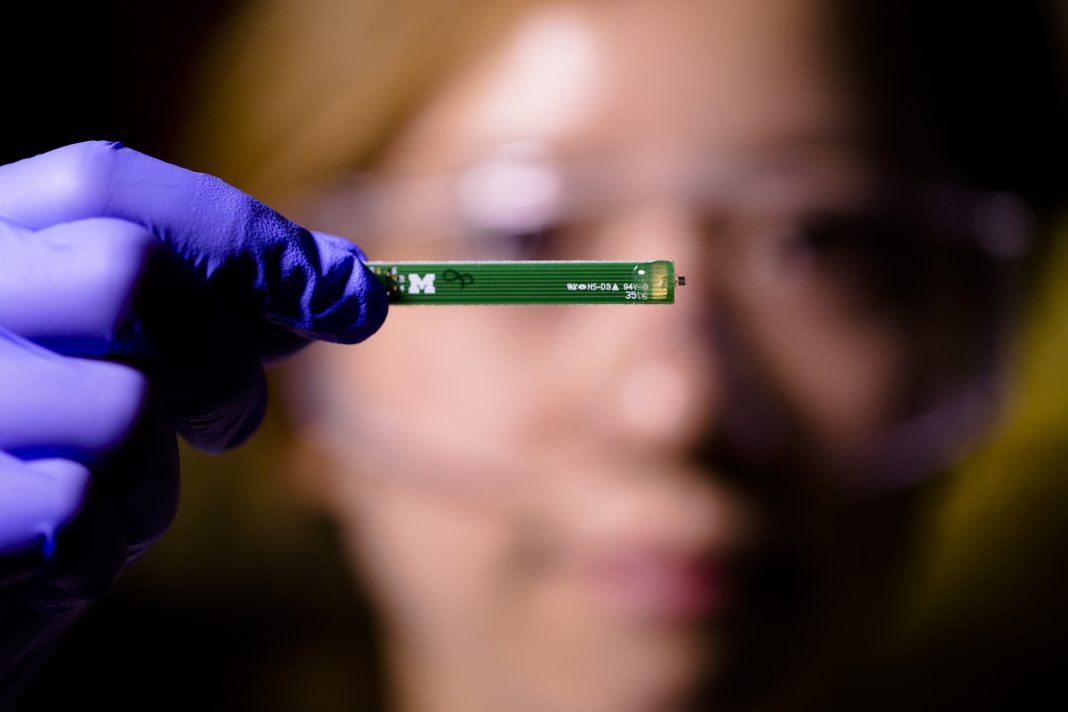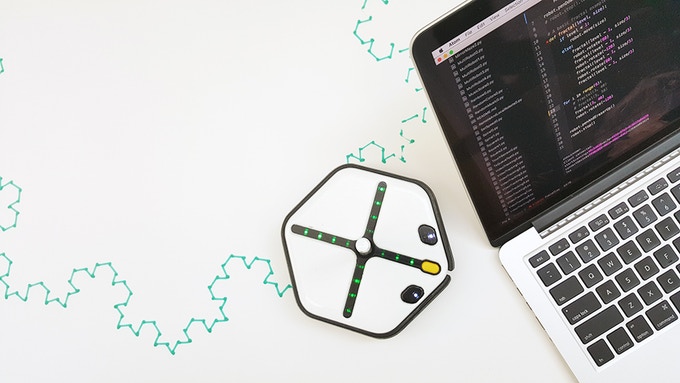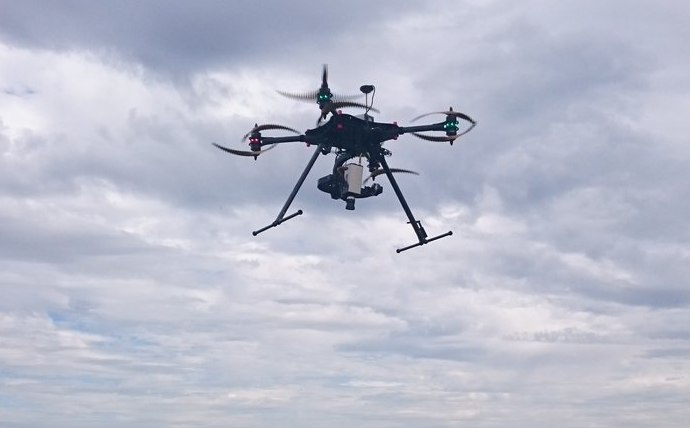This tiny little sensor may not look like much, but it’s what it can do that really makes a difference. It will enable homeowners across the nation to locate pipes that are tarnishing the water with lead. The device, which could be made available for as little $20, would potentially alert anyone using it to the areas that are being contaminated by lead within just nine days.
It’s been proven that the old water systems in place across the country are becoming inadequate. As these pipes age, they become corroded and as this happens thousands of people suddenly become exposed to hazardous neurotoxins. To try and combat this issue Mark Burns, T.C. Chang Professor of Chemical Engineering at U-M, and colleagues created a relativity cheap sensor that could be placed easily at key points in the home’s taps as well as the nation’s water systems.
The sensor works by separating the lead by using two pairs of electrodes. A positive electrode and one neutral create an electron-poor environment, whereas on the opposite side a negative electrode together with a neutral creates an environment that’s rich in electrons. Most metals are captured as the negative electrode transfers electrons to positive ions.
However, lead, on the other hand, is attracted to the positive electrode. The sensors were tested in various conditions including using water from a tap, simulated tap water, with some specimens that were laced with metals and some that weren’t. Once enough lead had built up on the positive electrode, the circuit became complete and a voltage was generated as a result.
The negative electrode did a similar thing with regards to other metals including copper, iron, and zinc. Burns commented, “There could be an app that would monitor all the taps, and it could just send you an email message when it detected an event.” But, it’s still early days and more improvements need to be made before we will see it on the market. Currently, the rate of false positives is still a concern, particularly when it comes to detecting copper levels. So although we may have to wait a little longer before these potentially life-saving sensors to be reaching our water systems, at least we know there is some action being taken and a solution is on its way.
Research Via University of Michigan
More News to Read











